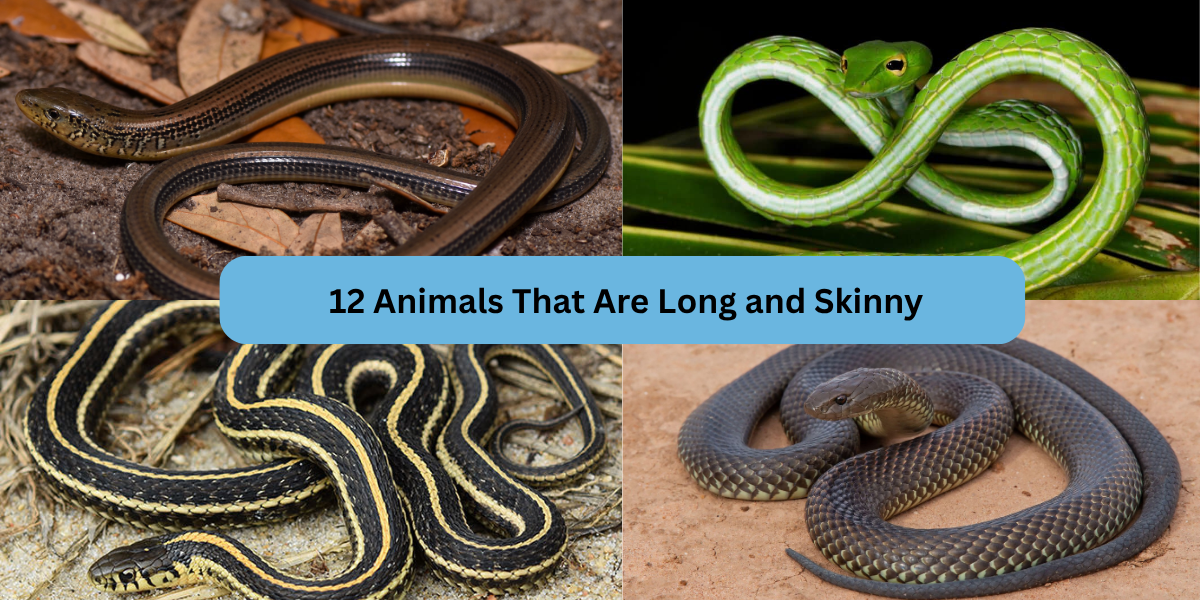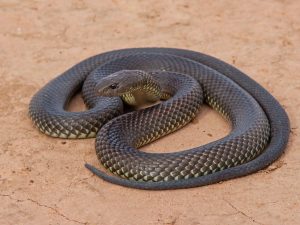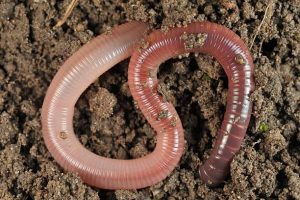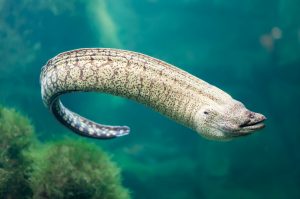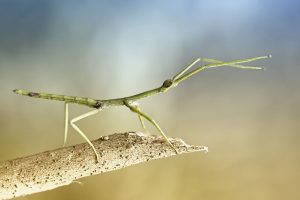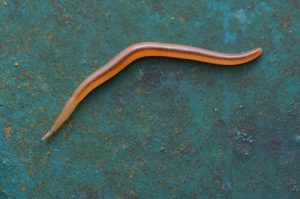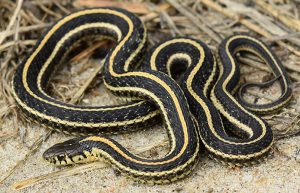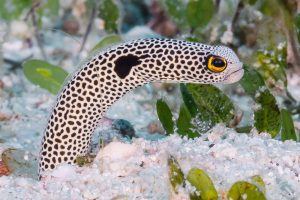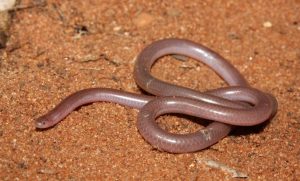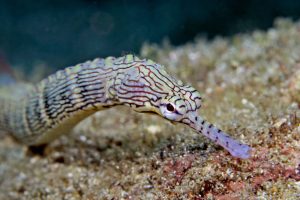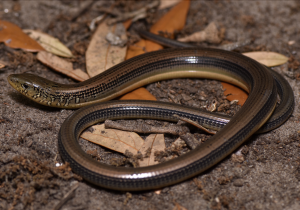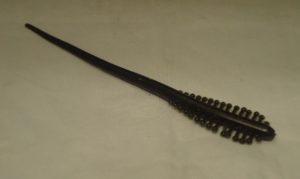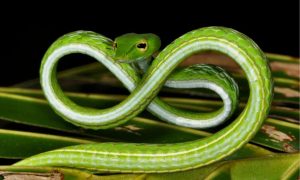Have you ever spotted an animal so long and skinny that you did a double-take? From slithering snakes to worm-like sea creatures, these animals have evolved incredible body shapes that help them move, hide, or hunt. But what makes an animal evolve into such a narrow, elongated form?
In this article, we’ll uncover 12 amazing animals that are long and skinny. We’ll look at how their body shapes serve a purpose, offer expert insights, and answer common questions. If you’re a student, animal lover, or just plain curious—this post has value for you.
12 Animals That Are Long and Skinny
1. Snake
Snakes are the most well-known long and skinny animals. With no legs and streamlined bodies, they rely on their muscles to slither and hunt.
- Length: Up to 33 feet (reticulated python)
- Habitat: Forests, deserts, swamps, and even oceans
- Why so skinny? A long body helps in stealthy movement and swallowing large prey.
Expert Insight: According to National Geographic, snake flexibility is due to over 400 vertebrae that allow extreme movement and constriction.
2. Earthworm
Though tiny, earthworms are vital to the planet. Their slimy, tubular bodies help aerate the soil.
- Length: 1 inch to 14 feet (Giant Gippsland Earthworm)
- Habitat: Soil, compost, garden beds
- Unique Trait: They breathe through their skin.
3. Eel
Eels are slippery, snake-like fish. Their elongated bodies make them excellent swimmers.
- Length: Up to 13 feet (Moray eel)
- Habitat: Freshwater and marine environments
- Interesting Fact: Electric eels generate shocks of up to 600 volts.
4. Stick Insect
Stick insects are the masters of camouflage. Their body mimics twigs to avoid predators.
- Length: Up to 2 feet
- Habitat: Tropical forests
- Fun Fact: Some species can reproduce without mating (parthenogenesis).
5. Ribbon Worm
Also known as Nemerteans, ribbon worms can stretch to extreme lengths.
- Length: Some species over 100 feet
- Habitat: Ocean floor, under rocks, and sand
- Defensive Mechanism: They eject a sticky proboscis to trap prey.
6. Garter Snake
Found commonly in gardens, garter snakes are thin and harmless.
- Length: 1 to 4 feet
- Habitat: Grasslands, forests, near water
- Diet: Worms, amphibians, and small rodents
Real-World Use: Gardeners appreciate them for pest control.
7. Garden Eel
These quirky eels pop in and out of the ocean floor like plants.
- Length: Around 16 inches
- Habitat: Sandy ocean bottoms
- Interesting Fact: Live in colonies of hundreds.
8. Thread snake
Thread snakes are the smallest snakes on Earth and resemble worms.
- Length: 4 to 6 inches
- Habitat: Under soil, leaf litter
- Fun Fact: They feed on ant larvae.
9. Pipefish
Cousins to the seahorse, pipefish swim upright with slender bodies.
- Length: Up to 16 inches
- Habitat: Coral reefs, seagrass beds
- Unique Feature: Males carry the eggs.
10. Legless Lizard
Unlike snakes, these reptiles have eyelids and external ears.
- Length: Up to 3 feet
- Habitat: Dry grasslands and rocky areas
- Defense Mechanism: Can shed tail to escape predators.
11. Arrow Worm
Tiny but deadly, arrow worms are plankton predators.
- Length: 1 to 4 inches
- Habitat: Open ocean
- Speed: Among the fastest planktonic predators
12. Vine Snake
These green snakes blend seamlessly into vines and trees.
- Length: Up to 5 feet
- Habitat: Tropical forests in Asia
- Vision: Exceptional depth perception for striking prey.
Expert Insight: Herpetologist Dr. Rafe Brown notes, “Their binocular vision gives them an edge in 3D hunting.”
Conclusion
Long and skinny animals are nature’s proof that there’s no one-size-fits-all body plan. From underground dwellers like the earthworm to ocean swimmers like the eel, each species has adapted brilliantly to its environment.
These creatures may look simple, but their anatomy and behavior tell complex stories about evolution, adaptation, and survival. Whether you’re researching or just curious, this list is a great starting point to learn about the wonders of thin body animals.
If you enjoyed this article on long and skinny animals, don’t forget to share it, bookmark it, or read our related articles on snake sizes, ocean creatures, and animal camouflage.
Read More>13 Things That Are About 75 Feet Long

